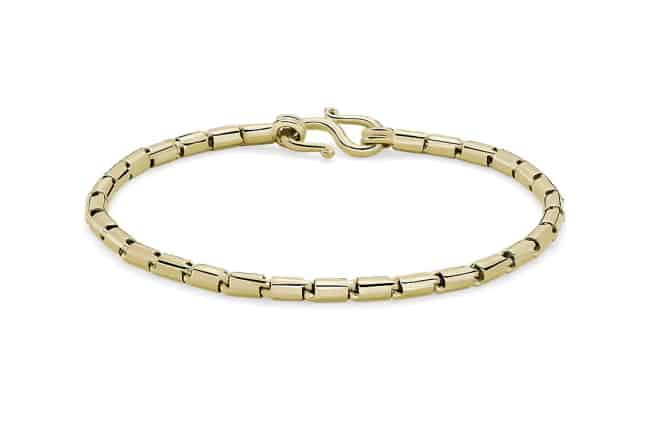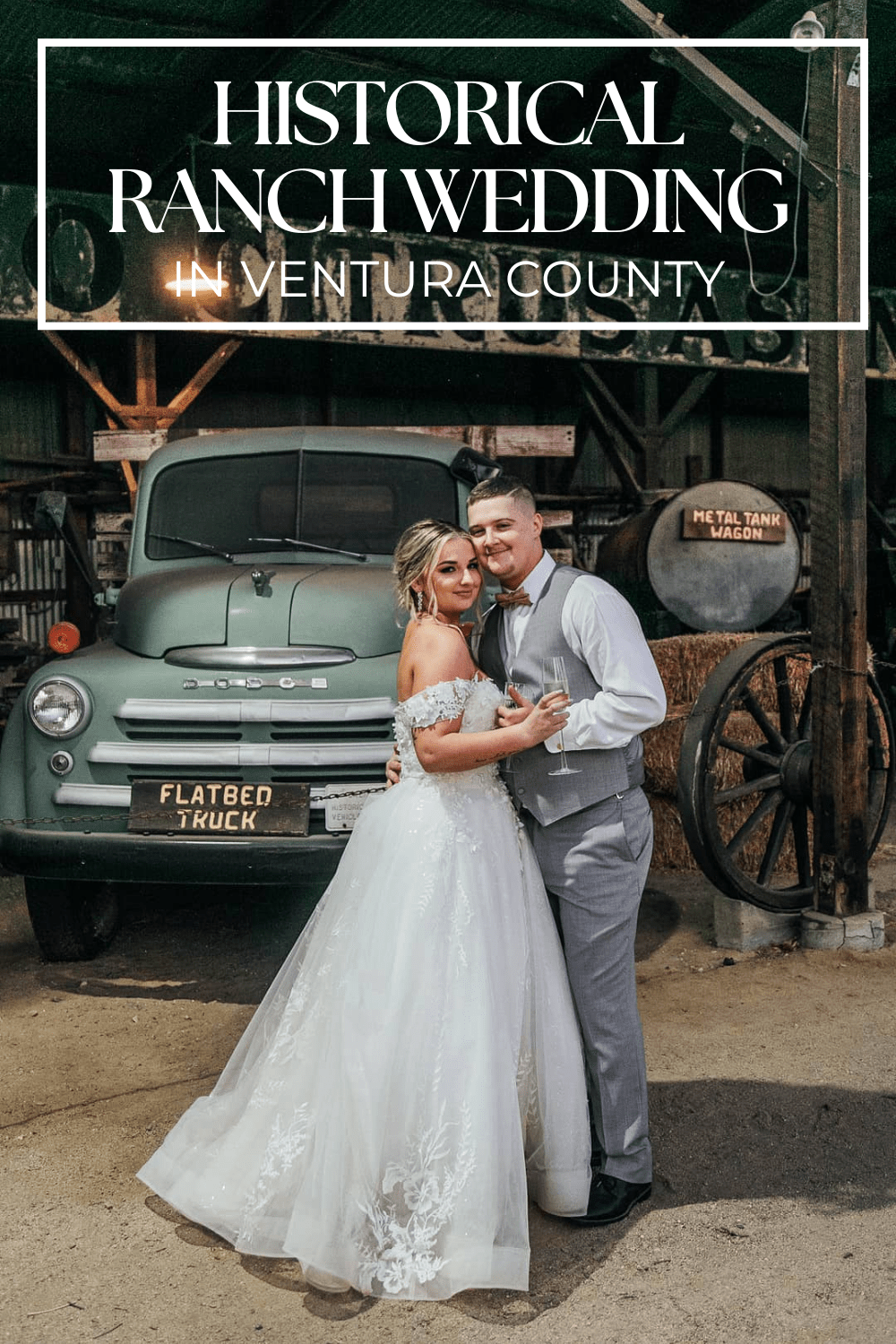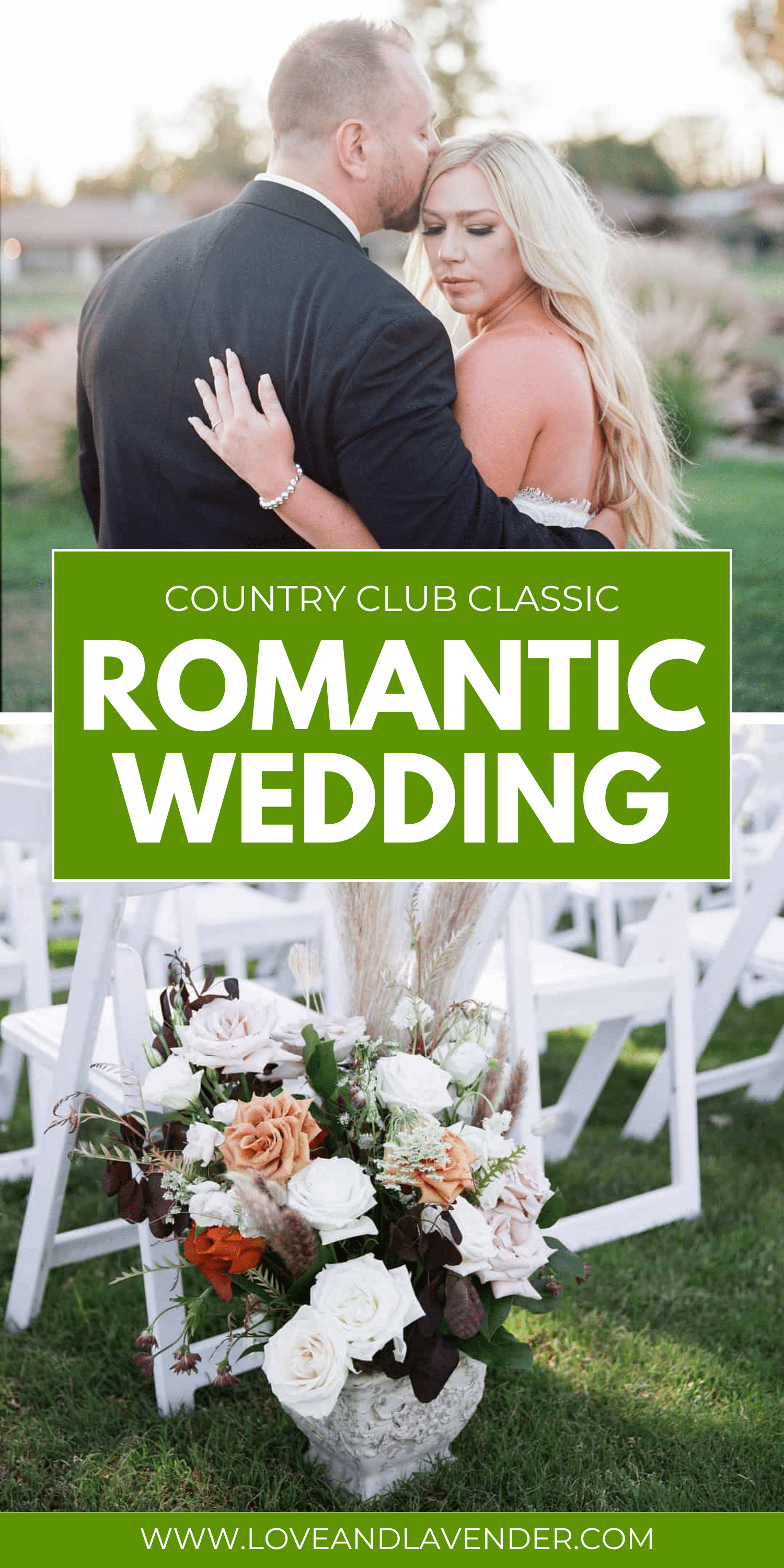You’ve probably heard of different karats of gold – perhaps you were gifted a pair of 10 karat gold earrings, or the engagement ring you have your eye on features a 14 karat gold band. But what do does the term gold karat actually mean?
It’s actually much simpler than you may think. And knowing about gold karats is important when you are shopping for fine jewelry, so you can be sure that the gold fineness you select matches your lifestyle and needs.
We’ve got all of the information you need to decipher the meaning of different karats of gold. Let’s dig in!
“Gold is money. Everything else is credit.”
J.P. Morgan
Golden History
I imagine that gold was the first precious metal known to our species. When Homo erectus was giving gifts to his lady friends, I am sure gold would have been featured. Found in its natural state of shiny yellow nuggets in streams all over the world, gold quickly became a part of human culture.
Early civilizations equated gold with gods and rulers, and its association with immortality and wealth remains significant in many cultures throughout the world today. It is not uncommon for a woman to be judged based on the value of metal comprising her jewelry, or for a man’s gold watch to catch your eye as it glistens in the sunlight.
However, contrary to popular belief, the gold in your gold watch, bracelet, or earrings is not just pure gold. Like anything in the 21st century, science and technology have taken over the jewelry industry, and anything is possible.
Gold, undoubtedly, means money. But before embarking on a great investment – or even just a whimsical purchase – it is important to know what it is that you are actually looking at.
Different Karats of Gold
In its pure form, gold is a very soft, rich yellow metal. For this reason, it is accepted in the industry that gold should be mixed with other metals (alloys) such as silver, copper, nickel, and zinc to make it stronger, more wearable, or even change the colour!
When shopping for fine jewelry, you may have heard of gold karats, such as 18 karat or 24 karat. Let’s break down the meanings behind different karats of gold.
24 Karat: 100% pure gold
A piece of 24 karat (or 24k) has not been mixed with any other metals, hence it can be considered “pure” gold.
I know what you might be thinking: “Surely, this is the best on the market?”. Yes, and no. Being pure gold, it is typically the most expensive option on the table and in some cultures the purity of the gold is favorable above all other factors.
However, when purchasing jewelry, one must think of the practicality of wearing it. 24k gold is extremely easy to scratch and bend, making it most impractical for daily tasks like cleaning the house.
Any jeweler will advise against purchasing a 24 karat gold piece of jewelry that is to be worn daily (e.g., a wedding band).
In fact, in today’s jewelry market I would be surprised if you were to easily come across a piece of jewelry made of 24k gold – it is just not practical.
22 Karat Gold
Now we are moving into the territory of slightly more practical purity. In 22k gold, 920 parts out of 1,000 are pure gold, and only 80 parts will be ‘other’.
It is widely accepted that jewelers will not disclose what exactly is the ‘other’, but we know that it is likely to be one, or a combination of, the common alloys – silver, copper, nickel, and zinc.
What we do know is that these alloys are there purely to fortify the gold, making it stronger, more durable, and giving it the longevity that the consumer desires and expects. Care still needs to be taken when wearing 22k gold as it is still the softest form of mixed metal.
Some more traditional consumers favor 22k gold over it’s more practical 18k counterpart for the rich, deep yellow color 22 karat gold possesses.
 Pin
Pin18 Karat Gold
This is the most traditional mix of gold and by far the most popular in the luxury market. In 18 karat gold, 750 parts out of 1,000 are pure gold and 250 parts are alloys.
It is widely believed that this is the so-called ‘sweet spot’ of mixing gold and alloys, as it seems to be just enough mixed metals to make 18k gold as hard as necessary for daily wear, whilst maintaining the luscious lustre of the rich yellow gold.
14 Karat Gold
In the United States of America, 14k gold is the dominant purity. Particularly 14k white gold (we will talk more about colors shortly). Cheaper than Platinum and still strong enough to endure daily wear, 14k is an excellent option for those looking for a little taste of luxury without breaking the bank.
9 Karat (UK) & 10 Karat Gold (US)
The main difference between 9k and 10k gold is in the minimal purity of gold (37.5% for 9k and 41.7% for 10k), and the country of origin. Different countries have different rules about how high a percentage of gold there has to be for the item to be called “gold”. 9 karat and 10 karat gold are the lowest karats legally accepted in the United Kingdom and United States, respectively.
9k and 10k gold have their place in the market as the most affordable fineness of gold. As the alloyed metal percentage increases vastly, so does the hardness, making 9k an excellent choice for everyday use. On the other side of this coin, those with metal allergies should be wary of purchasing jewelry in 9k gold (particularly earrings) as the chance of reacting to one of the ‘other’ metals will also vastly increase.
As gold is a noble metal, it is rare for skin to react so if you are someone who suffers from allergies, the purer the better.
Other Gold Colors
As science and technology have advanced through the centuries, we have developed new and exciting colors of metal, the most popular being white gold and rose gold.
When gold is initially mined, it is a shiny yellow color. In the 19th century, goldsmiths began experimenting with alloys that would change its natural color.
- Rose Gold is straightforward. Add a little (or a lot) of copper in and your gold will turn a warm bronzy, rosy color. The more copper you add, the pinker your gold! As an added benefit, copper as a raw material is relatively inexpensive so it doesn’t even cost more than yellow gold.
There is one downside; although rose gold will not tarnish, over time the copper element will naturally oxidize and change to a darker more vintage-looking color. However, this can normally be restored with a simple clean and/or polish.
- White Gold is the slightly more complicated one. To change anything from yellow to white or ‘silver colored’ requires extra steps. Once the gold has been mixed with its white alloys (such as silver, palladium, and zinc) it will still not have achieved the bright white color consumers have come to expect.
To achieve this luster, an extra step of plating the creation in a metal called rhodium is required. Rhodium is part of the platinum family so is extremely hard, durable, and expensive! This means that in most cases, white gold will likely cost slightly more than its yellow or rose counterpart.
All That Glitters…
When asked “what’s the best gold karat?”, there really isn’t a straight answer. It depends on what you are looking to do with it. Are you shopping for your wedding ring? Is it gold jewelry for a red-carpet event? Is it for your teenage daughter or your 90-year-old grandmother?
Each use has different requirements and would be suited to a different karat accordingly. In short, the answer is always personal preference vs budget vs wearer/occasion.
One thing that is certain – there are ample options on the market, and as consumers, we are truly spoiled for choice when it comes to different karats of gold.
Did you find this post useful? Then save THIS PIN below to your Jewelry board for later!
 Pin
Pin
















Leave a Reply